Philips Las Vegas ES2208 (Boxed)
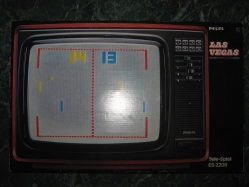
Autopsy:
from old-computers.com Homepage:
This pong from Philips (1977) is a bit special. It uses the unusual AY-3-8550 from General Instruments. This chips offers 4 classic pong games (Tennis, Squash, Squash practice, Football) and 2 shooting games. The paddles can be moved verticaly AND horizontaly, hence the analog joysticks (instead of the classic sliders). The display is in color.
There is a female DIN plug at the bottom-right part of the case. It is used to connect an optional light-gun to play the two shooting games.
There are switches to control the different options like ball speed, paddle size, angle 20°/40°, manual/auto service. There are two buttons: reset and serve. There is even a TV channel selection knob to adjust the picture on the TV.
The Las Vegas ES-2208 is in fact one of the Las Vegas pong systems from Philips. Here is the list:
- Las Vegas Tele-Spiel ES-2203 (6 games, black & white display, vertical movements)
- Las Vegas Tele-Spiel ES-2204 (6 games, color display, vertical movements)
- Las Vegas Tele-Spiel ES-2208 (6 games, color display, vertical & horizontal movements)
- Las Vegas Tele-Spiel ES-2218 (8 games, color display, vertical & horizontal movements)
- Travemünde Tele-Spiel ES-2207 (4 games, black & white display, vertical movements)
source: old-computers.com pong-story.com















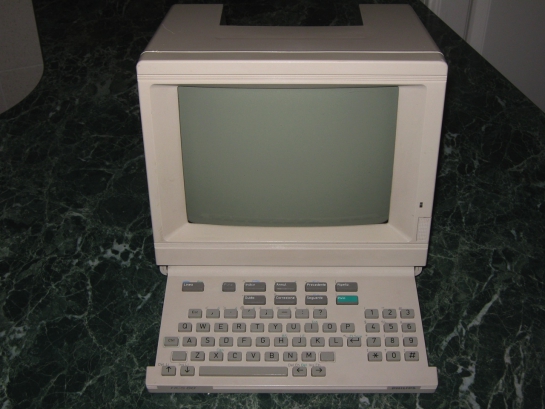






























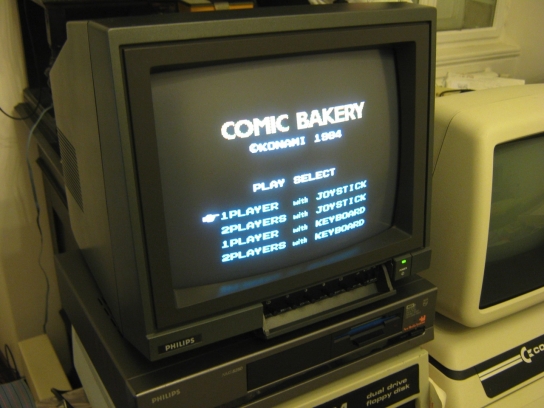












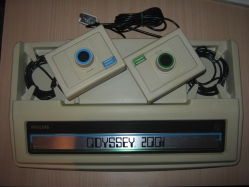















 The Odyssey 2001 is nearly same as the Magnavox Odyssey 4000, but it didn’t play the same games. Designed around the National Semiconductor MM-57105 chip, it played three games in color: Tennis, Hockey and Squash. Unlike most PONG games, sound came directly from the TV set. The chip delivered color video signals, as opposed to the black and white games of the General Instruments game chips, which could use a special color encoder chip.
The Odyssey 2001 is nearly same as the Magnavox Odyssey 4000, but it didn’t play the same games. Designed around the National Semiconductor MM-57105 chip, it played three games in color: Tennis, Hockey and Squash. Unlike most PONG games, sound came directly from the TV set. The chip delivered color video signals, as opposed to the black and white games of the General Instruments game chips, which could use a special color encoder chip.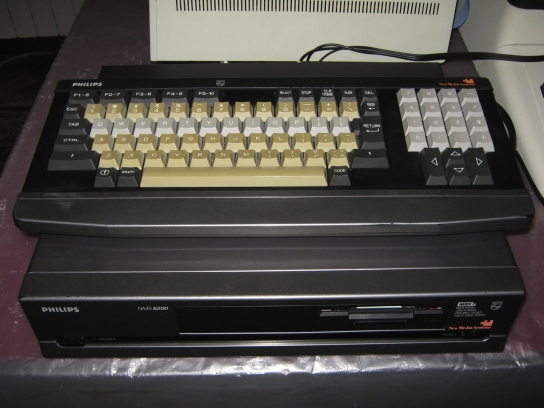















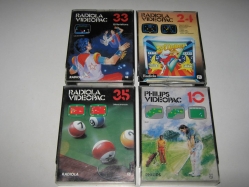
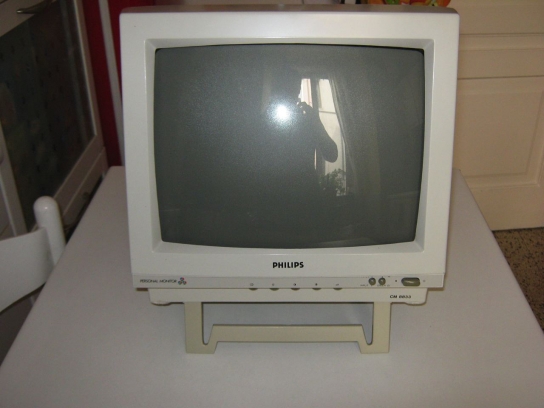





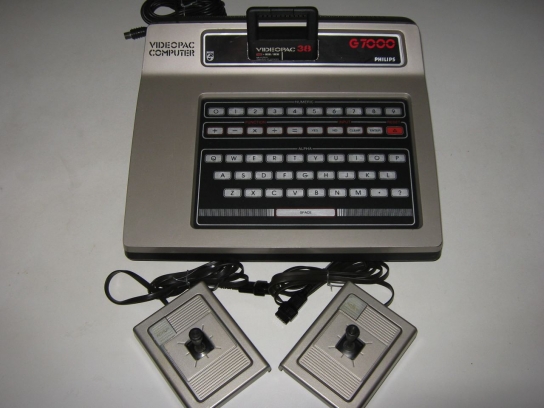


















Recent Comments